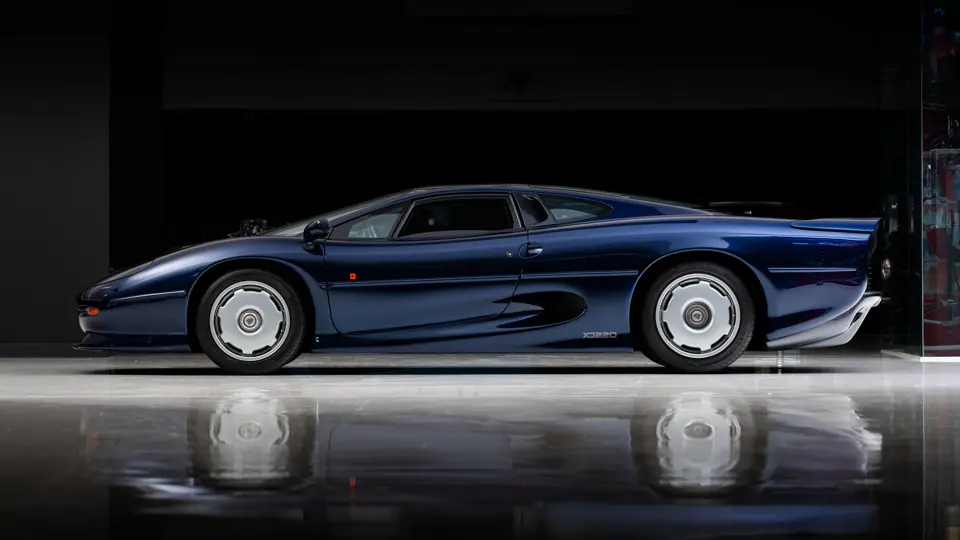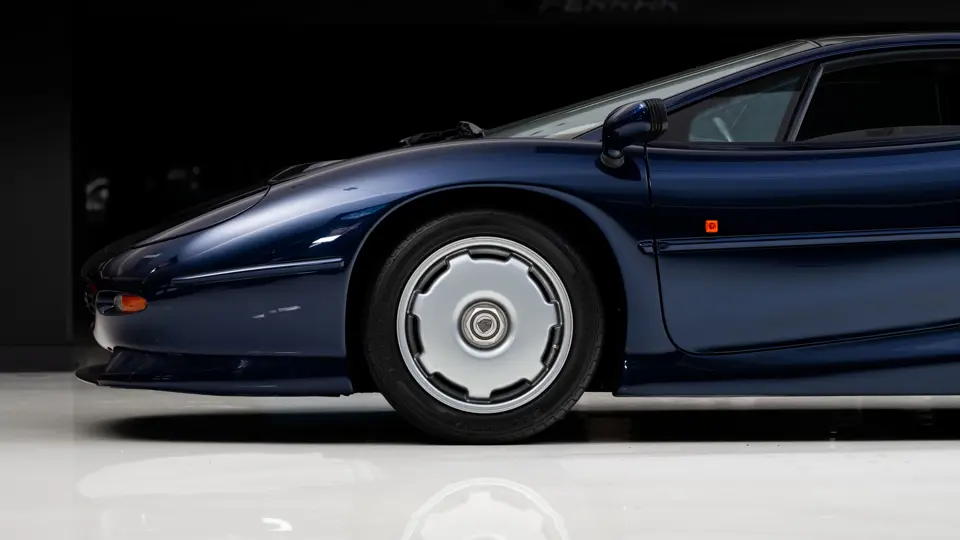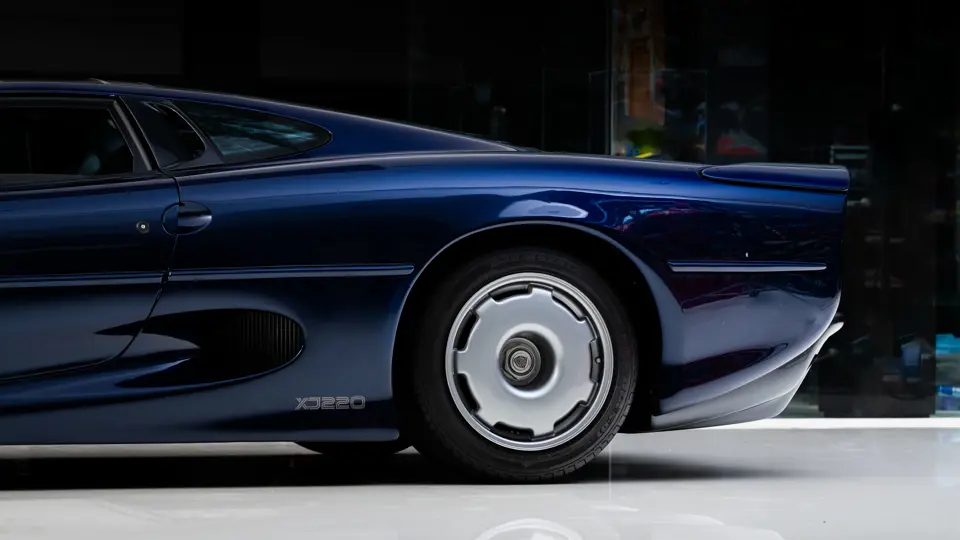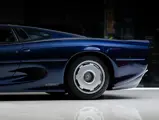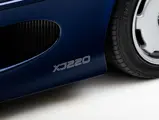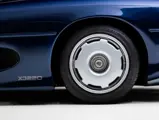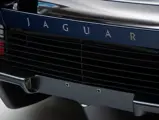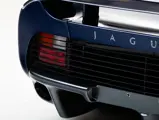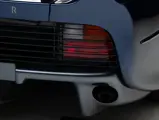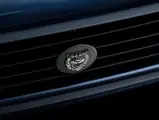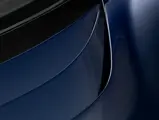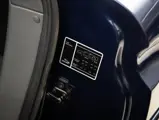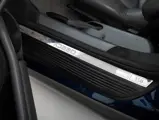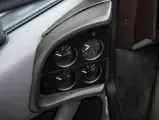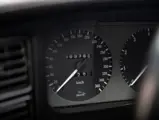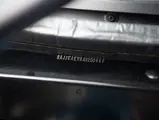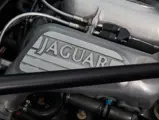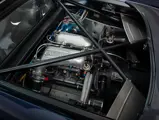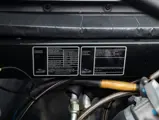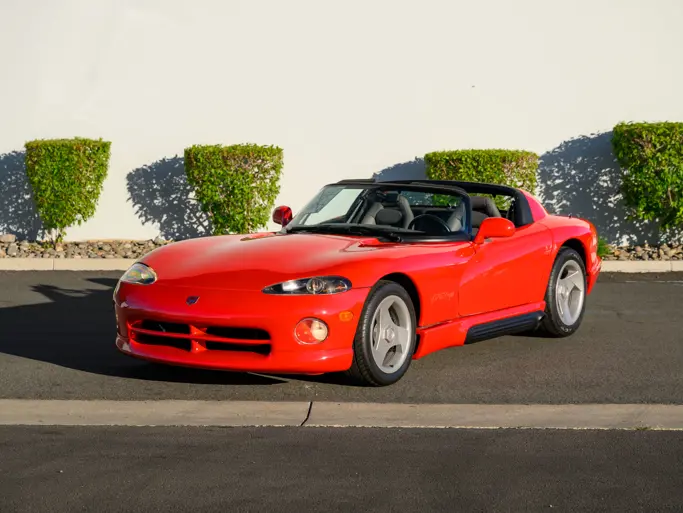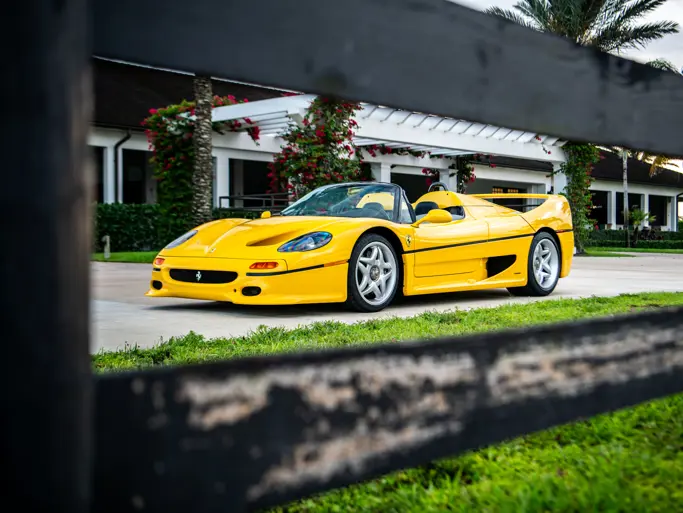
1994 Jaguar XJ220
{{lr.item.text}}
$527,500 USD | Sold
{{bidding.lot.reserveStatusFormatted}}
- The final XJ220 constructed, initially retained in Jaguar’s private collection in the UK
- Treated to an $81,000 refresh and mechanical overhaul by Canepa of Scotts Valley, California; displays just 3,769 km (~2,342 miles) at cataloguing
- A remarkable statement from Jaguar upon its introduction; the world’s fastest production car when new
“Come upon an XJ220 for the first time and you see pure automotive sculpture, a Rodin on wheels, a shape that—to hell with practicalities—is simply gorgeous.”
It was love at first drive for automotive journalist Galvin Green as he climbed behind the wheel of Jaguar’s all-new XJ220 in August 1992. Writing for CAR Magazine, Green was so taken with the car’s grace, pace, and space, he continued, “Jaguar’s old motto is honorably maintained. Here is a 200mph monster that will fusslessly transport you, and friend, to the south of France with ease…nothing about driving the XJ220 is difficult.”
Dreamt as a full competition racer with no production plans, the Jaguar XJ220 was intended to prove the team at Coventry could still design, engineer, and manufacture supercars on par with its German and Italian competitors. Upon debut at the 1988 Birmingham Auto Show however, so many buyers stood waiting with open checkbooks that Jaguar was forced to reconsider its production plans. The civilian XJ220 was to be a powerful and aerodynamic two-seat, all-wheel-drive coupe capable of more than 200 mph while providing a superior level of luxury and comfort to other supercars of the time, including the celebrated Porsche 959 and spartan Ferrari F40.
Entering production in 1992, the XJ220 followed the iconic XK120 in being named for its projected top speed, 220 mph, which was nearly achieved in a time trial on the high-bank test track in Nardo, Italy. The car proved quicker to 60 mph than both the F40 and Lamborghini Diablo and even set a new lap record for a production car at the Nürburgring.
THE LAST XJ220
The XJ220 on offer here, chassis number 617, is an exceptionally desirable example, being documented as the final XJ220 constructed. Completed 28 March 1994, and finished just as it presents today in Le Mans Blue over Smoke Grey leather trim, the car was among a select few initially retained by Jaguar for their private collection. Hermetically sealed inside Carcoons under the watchful eye of Jaguar technicians, these cars became true time capsules of supercar technology.
When Jaguar decided to part with this special few, chassis 617 was imported to North America by RM Classic Cars who oversaw its EPA and DOT conversion. Testing for compliance with emissions and safety regulations was performed by Mark Timko at Compliance and Research in Newark, New Jersey before delivery to its first owner, a resident of New York City who enjoyed the Jaguar at his Greenwich and East Hampton residences. The car then passed to a Nashville, Tennessee-based enthusiast before being acquired by the Dare to Dream Collection in 2014. A collection of service invoices dating from delivery detail the careful maintenance this car enjoyed under both of its previous caretakers.
Upon acquisition by the collection, the XJ220 was then immediately treated to over $81,000 in work by the highly regarded technicians at Canepa of Scotts Valley, California. Accompanying invoices and photographs document a full engine-out service using parts sourced from XJ220 guru Don Law Racing, steam detailing of the engine compartment and undercarriage, and the all-important fuel cell replacement; all added up to a comprehensive refreshing and mechanical overhaul of a well-preserved automobile. Notably, its odometer displays just 3,769 kilometers (~2,342 miles) at the time of cataloguing, and it is accompanied now by owner’s manuals, parts book and service manual, and 2004–2015 service invoices and documentation. Accompanying the car is a Jaguar Heritage Trust Production Record Trace Certificate which states the engine and transmission currently in the car are not numbers-matching. It is not known when the present engine and transmission were installed.
Superbly maintained and exceptionally well-documented, chassis 617, the last XJ220 ever constructed, is the proverbial final page in one of Jaguar’s most illustrious chapters and offers the chance to acquire one of the world’s most impressive, and elusive, supercars. In closing his column, Green looked to the future, writing: “Other intriguing supercars are on the horizon, namely the Bugatti EB110 and McLaren F1, but these are different sorts of cars—technological statements from tiny specialists, rather than 200mph sculptures from the car industry big names… Besides, none will have the cachet of a Jaguar.”
Much has changed in the three-plus decades that have followed, but in many ways, Green’s words ring just as true today.




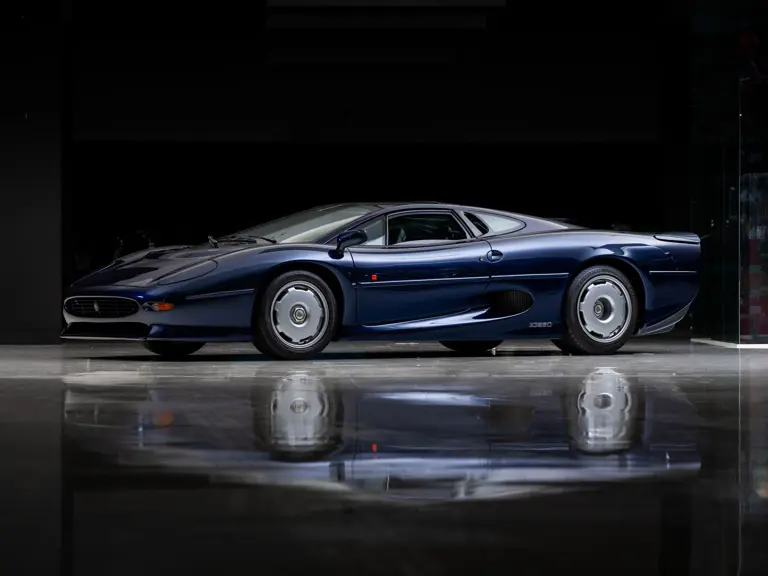
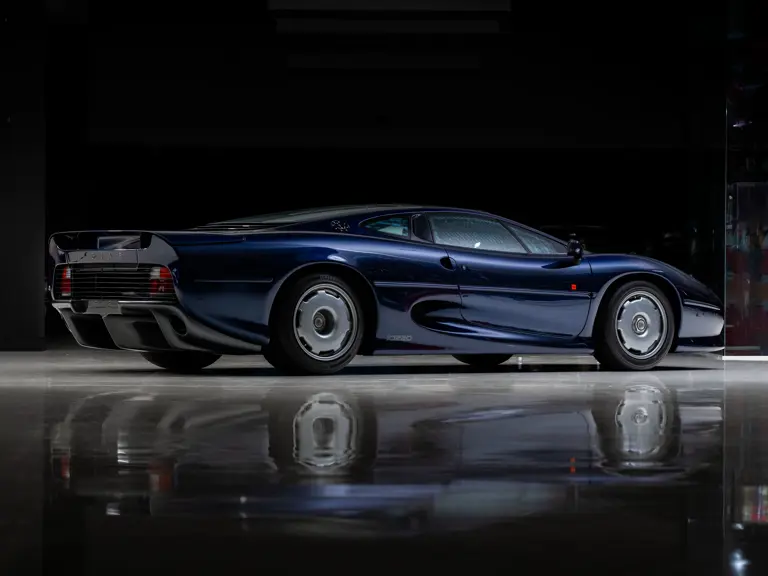
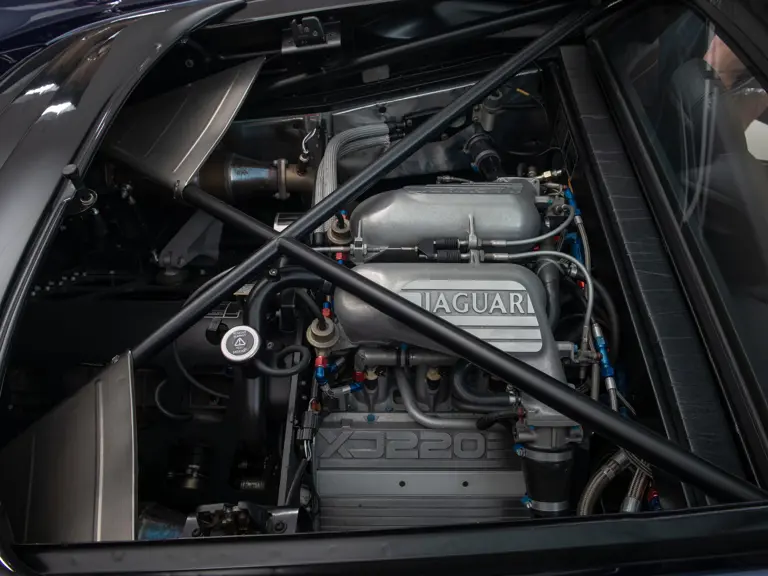
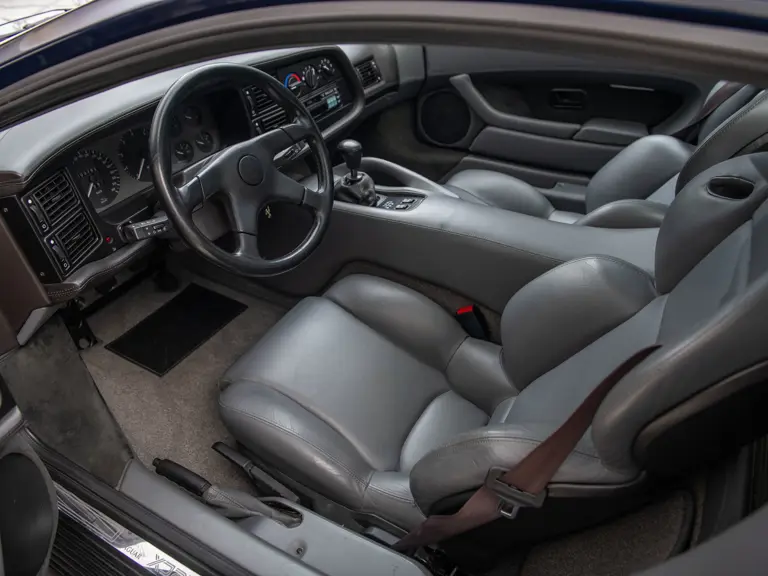
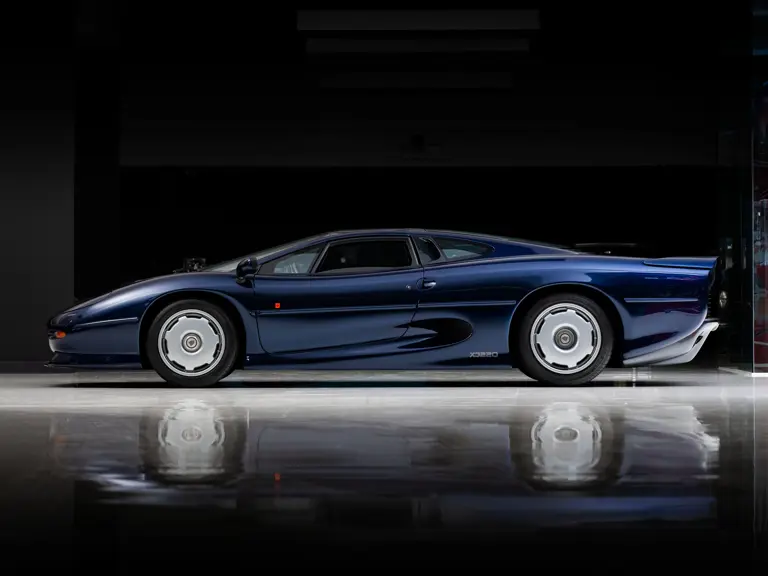

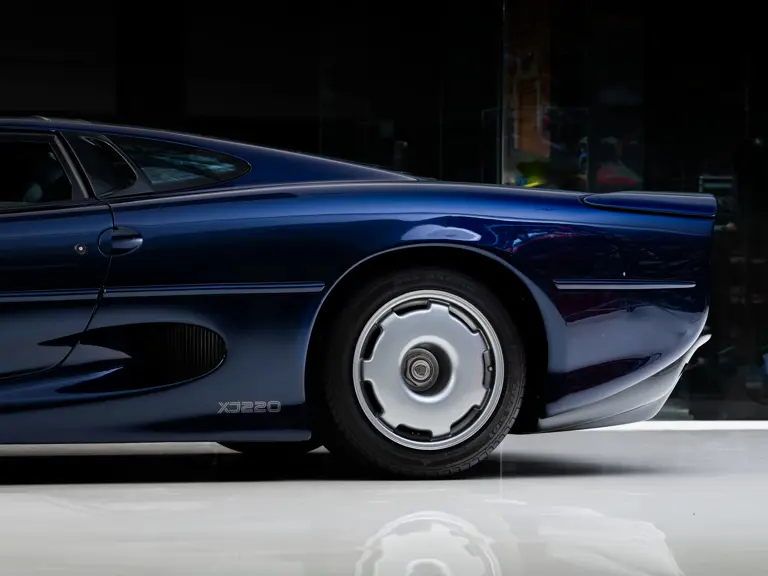

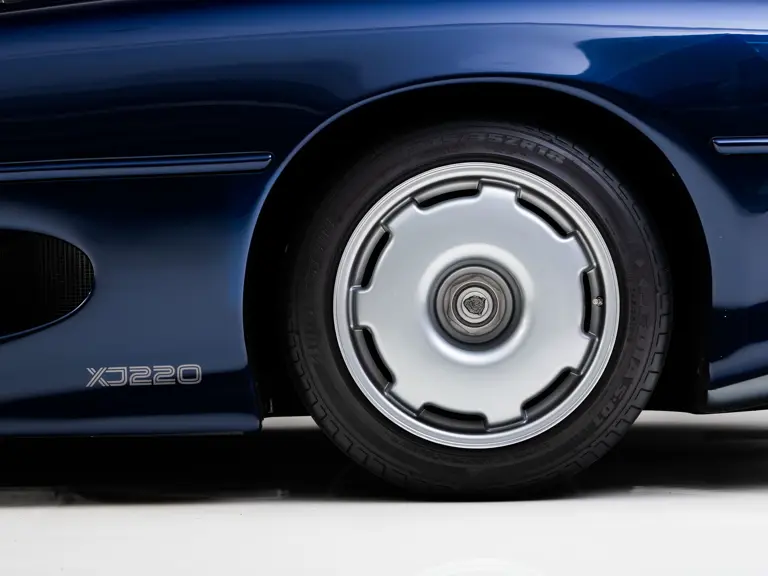
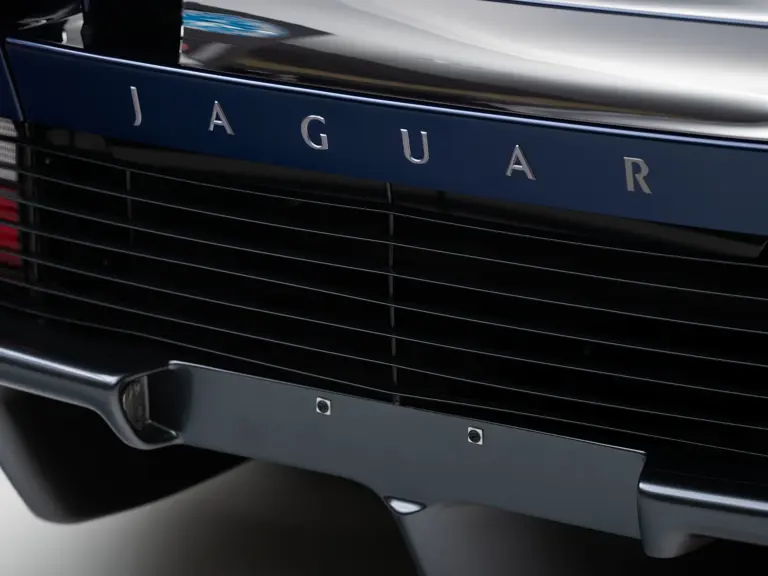
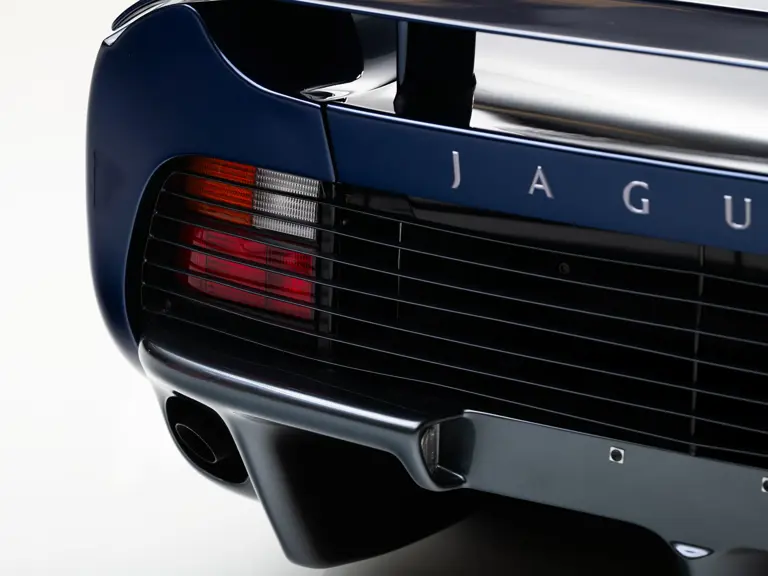
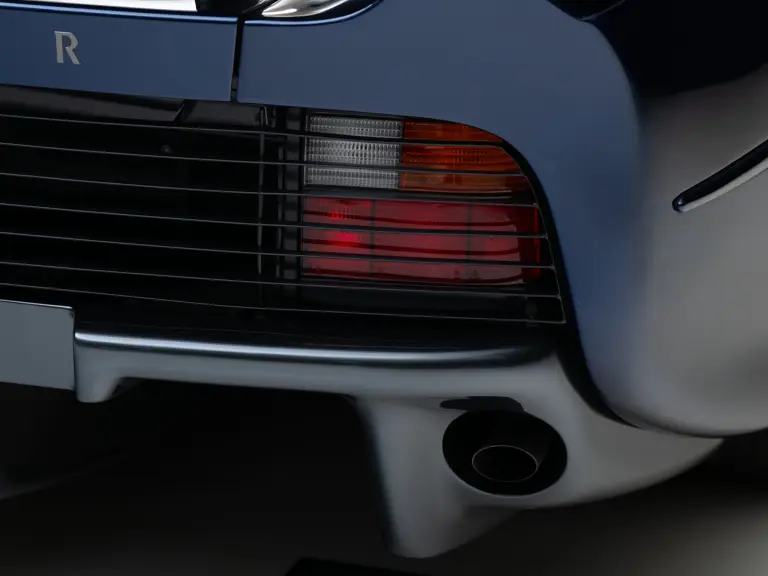
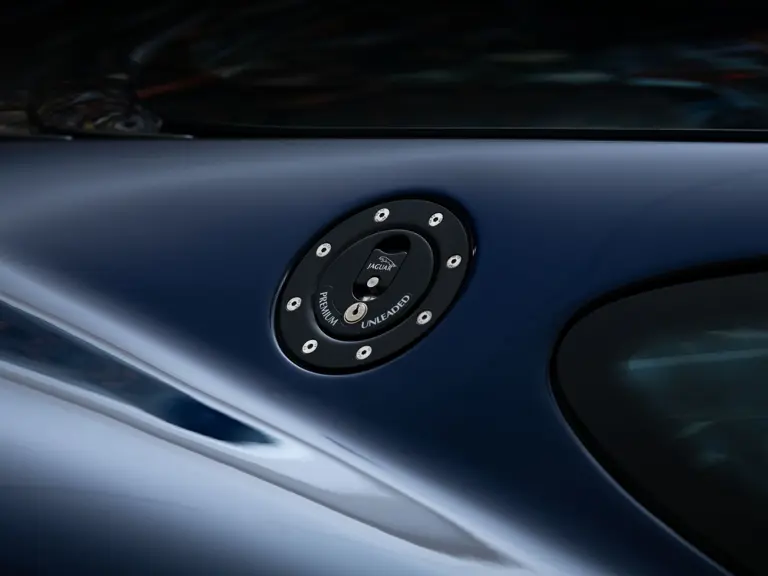
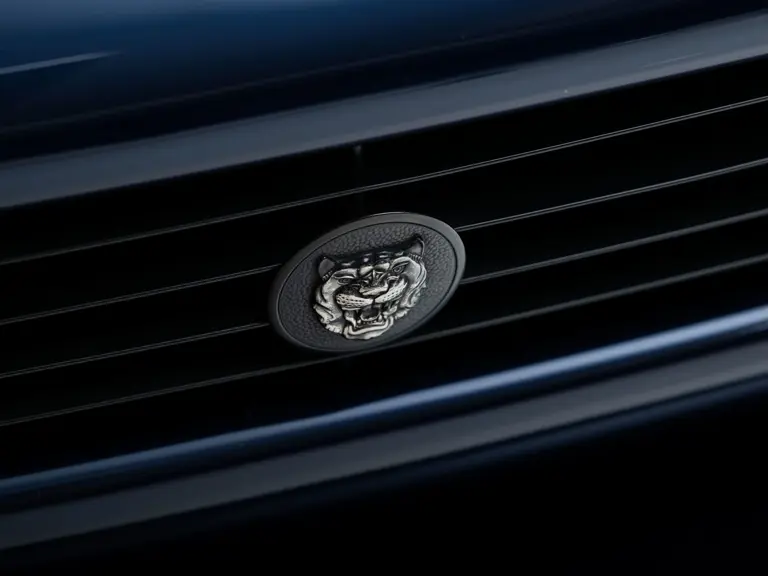

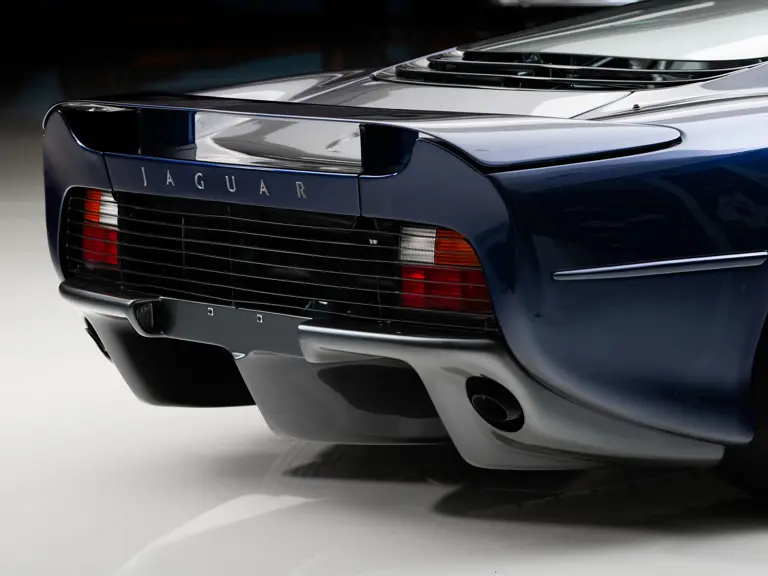
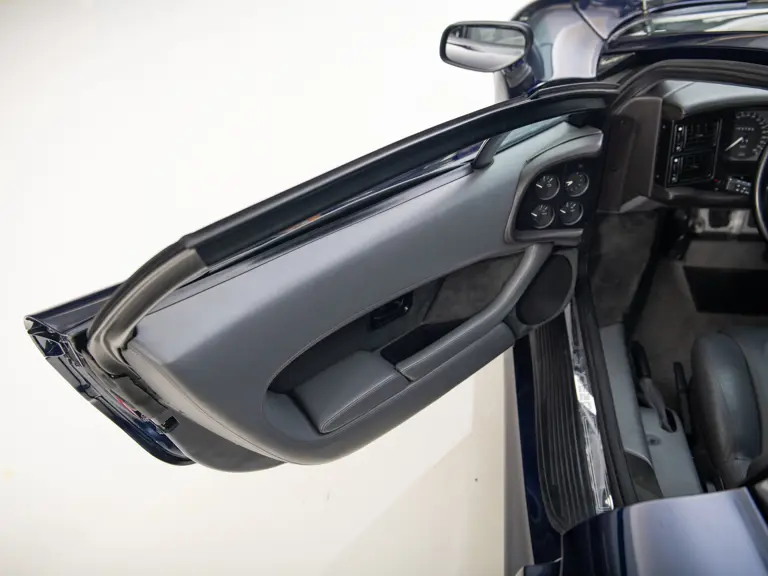
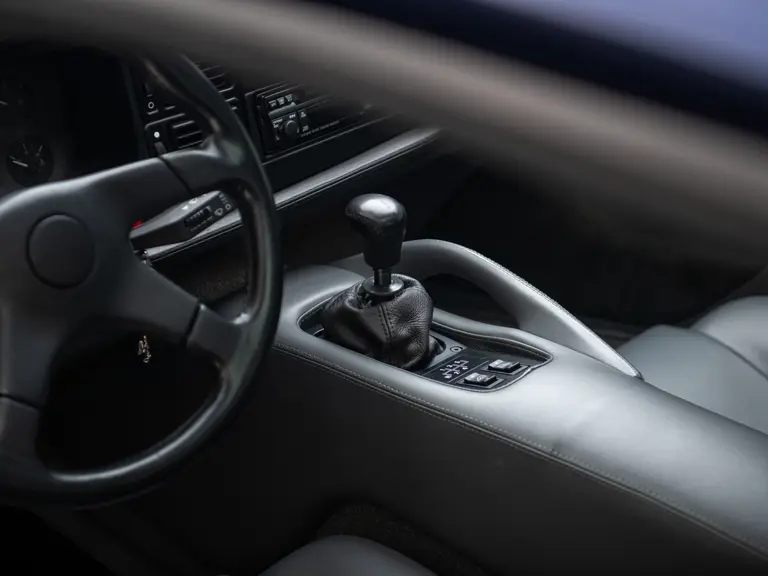
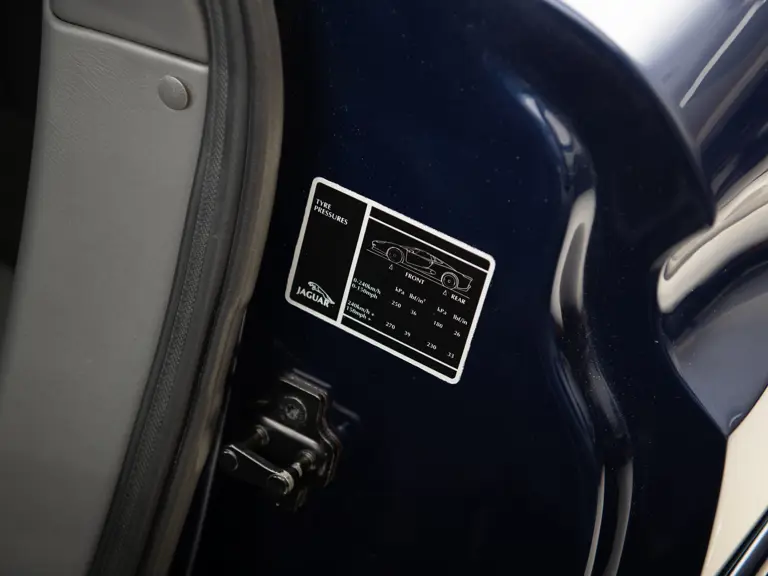
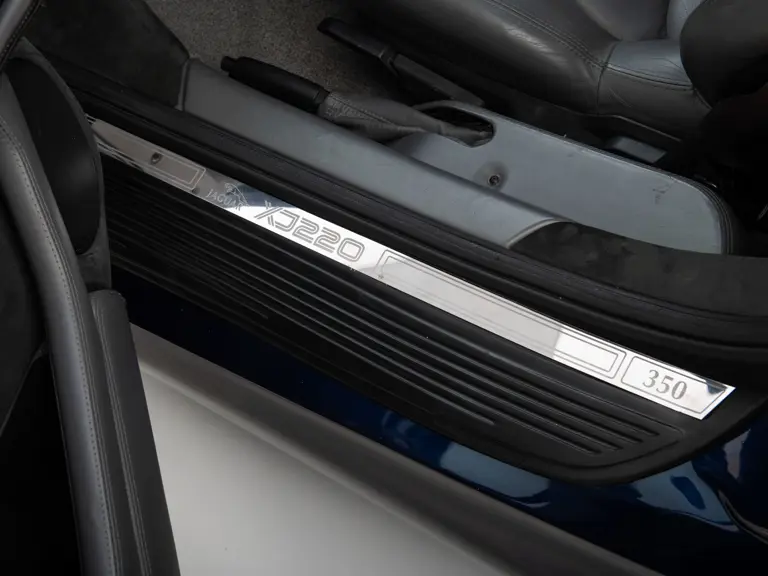
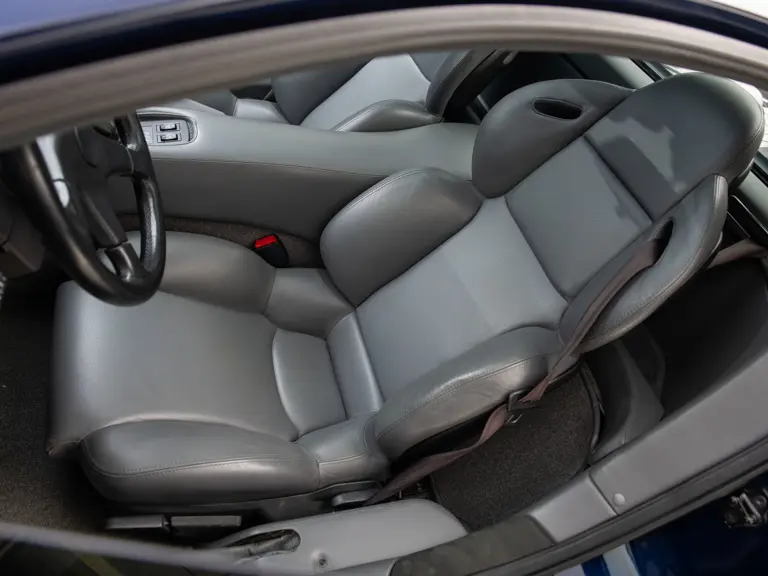
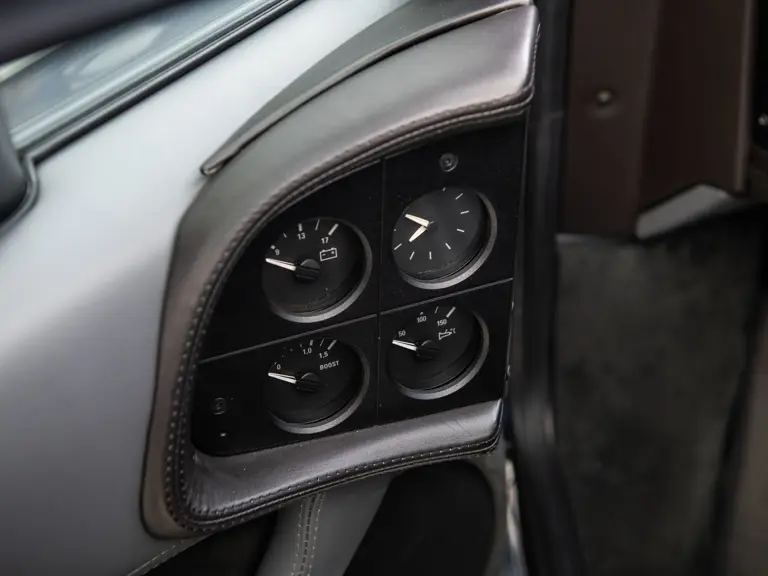
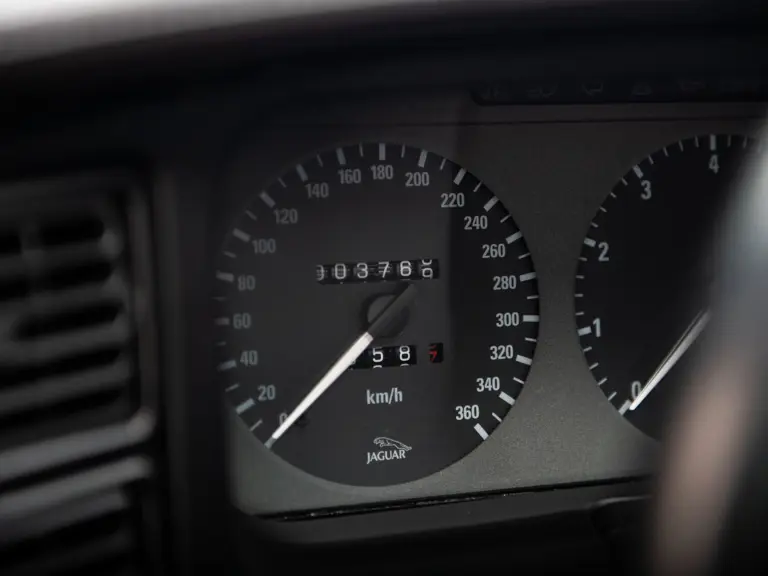

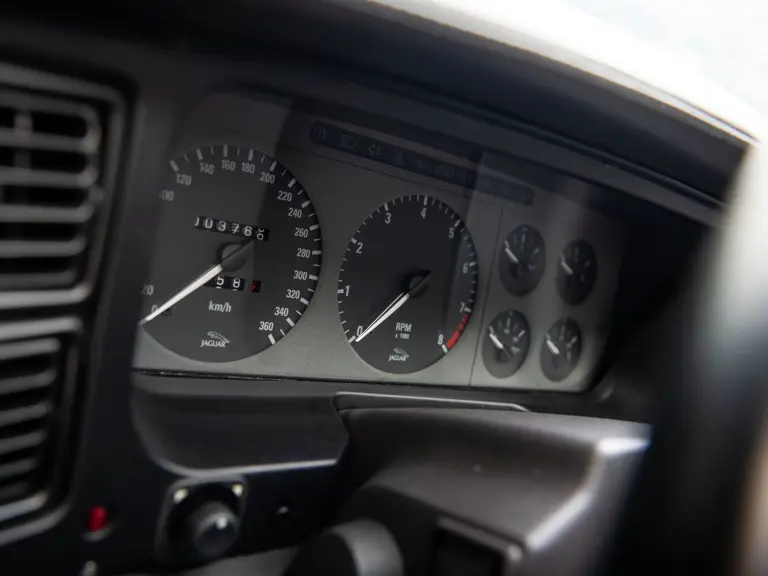
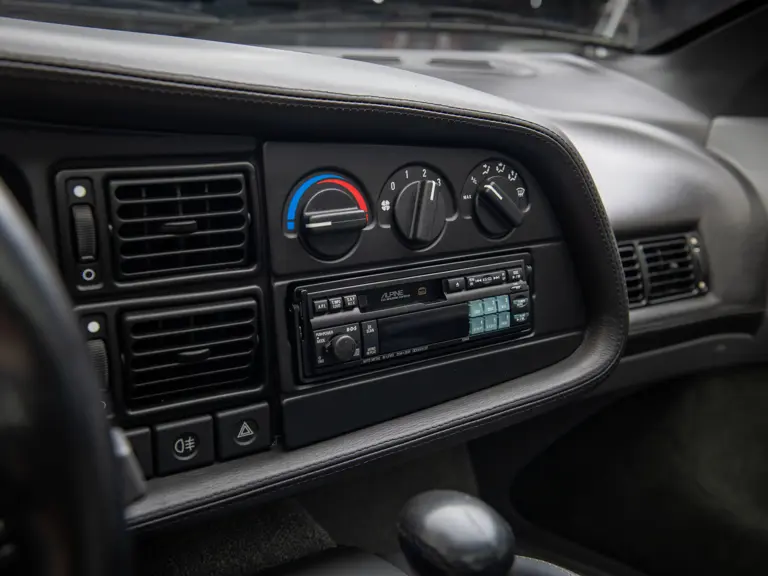
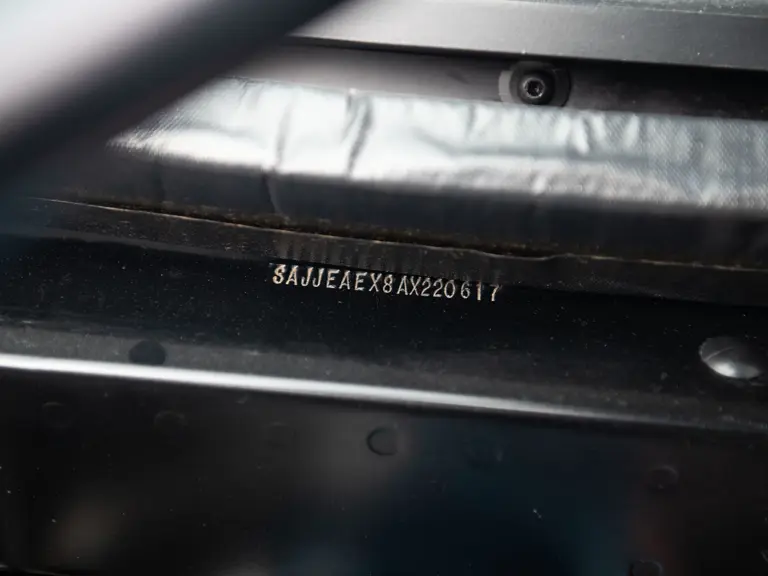

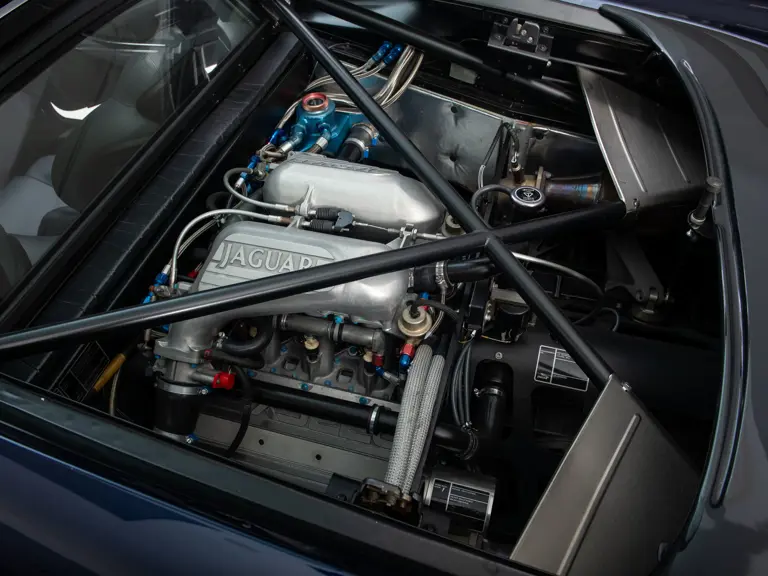
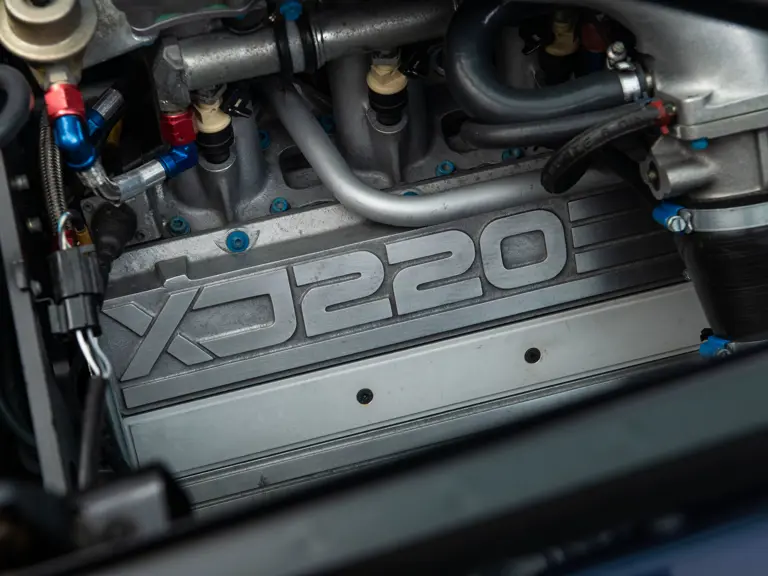
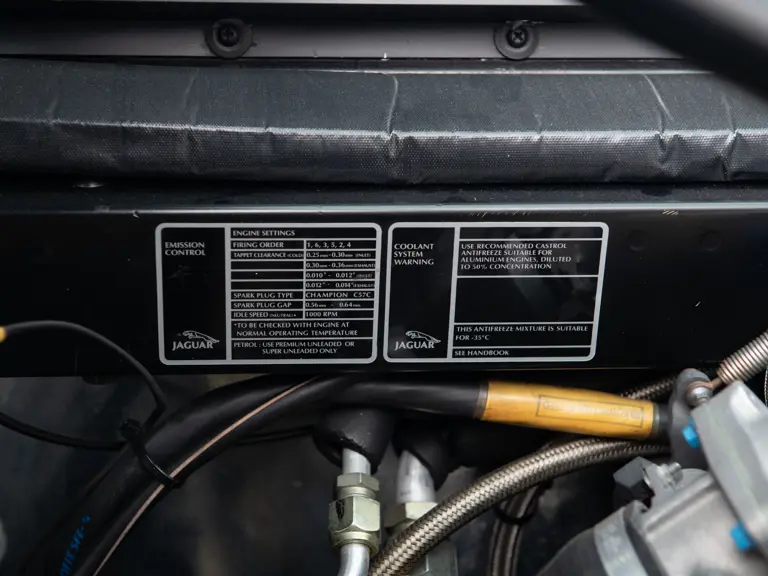
 | Toronto, Ontario
| Toronto, Ontario
